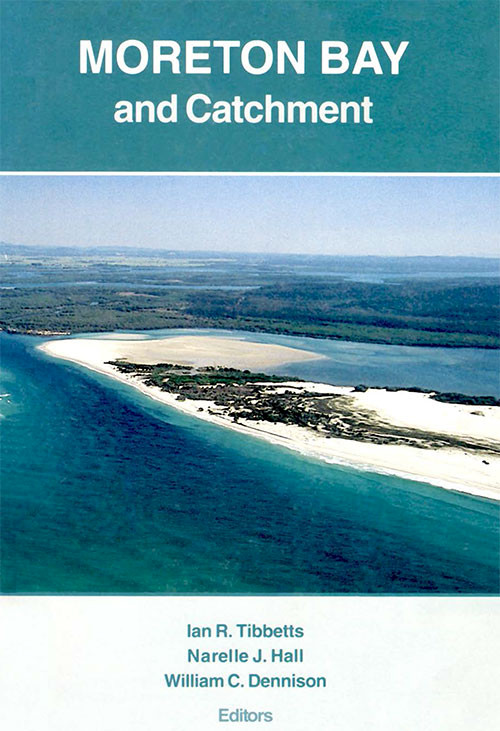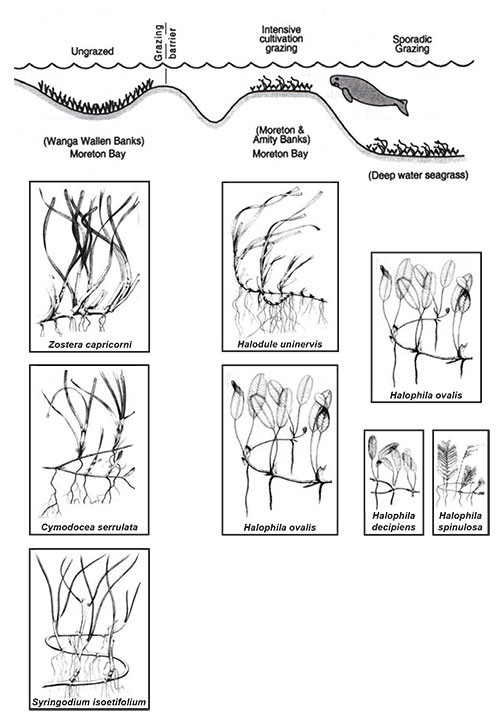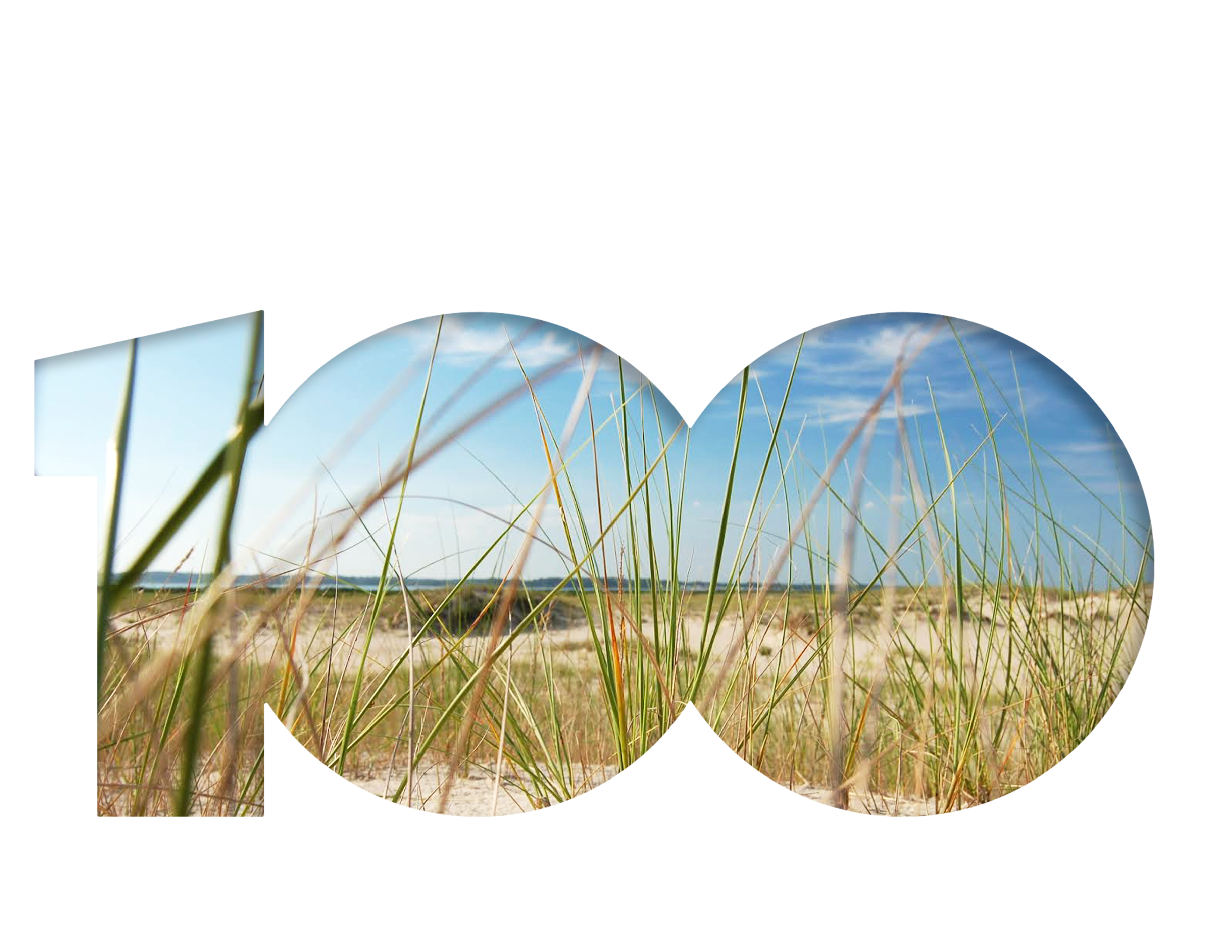Moreton Bay and Catchment
Bill Dennison ·This book was produced by the fledgling School of Marine Science, The University of Queensland at the outset of a rekindled scientific interest in Moreton Bay, its tributaries and its catchments, or watersheds. Previous conferences regarding the Brisbane River and Moreton Bay resulted in short conference proceedings books; Brisbane River: A Source Book for the Future, Future of Marine Science in Moreton Bay, and Moreton Bay in the Balance. But this book, Moreton Bay and Catchment, was the first substantive book regarding this region. It is 645 pp. long and contains 53 chapters. There were dozens of authors and dozens of reviewers as well. Jack Greenwood and Ian Tibbetts organized a conference; Moreton Bay and Catchment in December 1996 at The University of Queensland. It then took two years for the chapters to be written and the book was published in 1998.

The book is divided into nine major sections covering the environmental history of the region, geology and geomorphology, catchment rivers and lakes, water quality, marine plants, marine animals, corals, flood effects and management options. The conference was preceded by a relatively small flood in May 1996, which served as an opportunity to study the impact of flood events on Moreton Bay. This flood also stimulated the first field research of the Brisbane River and Moreton Bay Wastewater Management Study.
Many of the authors who contributed to this book became involved in the Moreton Bay Study either as reviewers, scientific experts, or researchers. The effort of generating the book served as a good testing ground for scientists to provide thoughtful and timely input. It also served to stimulate our efforts to obtain better graphics and maps for the region. Karen Holloway, who was working with our Marine Botany group at The University of Queensland, spent considerable time producing high quality maps (particularly inside front and back covers) and various graphics within the chapters. This book was mostly black and white, which we found quite limiting. In the subsequent four book series for the Healthy Waterways program, we used full color and developed a unique science communication style.

The real value of this book was to capture the state of knowledge across a wide range of issues. I found it useful to refer to different chapters when students were interested in a particular topic. It also served as a nice summary of the history of research in the region, just as we were embarking on an intensive research effort. Thus the timing of this book was a key element in the value of this treatise.
In producing this book and organizing the conference, I had an enjoyable team to work with; Ian Tibbetts and Narelle Hall from the School of Marine Science (now Centre for Marine Studies) and Karen Holloway from the Marine Botany group. Ian Tibbetts did an impressive amount of work editing the various chapters and Narelle Hall served as wrangler who was able to coax the chapters out of the authors. Karen Holloway, as mentioned earlier, worked on the graphics and design/layout. In many respects this book is a tribute to the tireless efforts of Jack Greenwood, The University of Queensland, who helped maintain research in Moreton Bay and kept the Stradbroke Island Research Station alive during the quiet times before the Healthy Waterways campaign rejuvenated research interest in the region. While this book went to print some fifteen years ago, if we could add a dedication at the front of the book, it would be to Jack Greenwood.

About the author
Bill Dennison

Dr. Bill Dennison is a Professor of Marine Science and Vice President for Science Application at the University of Maryland Center for Environmental Science.

